To be honest for a few Namibians (including myself) the monkey orange is known as the ‘Kavango Lemon’. It is one of the most delicious wild fruits grown in Namibia. When it is ripe, it contains a bright orange colour with a hard exterior. Whereas, on the inside one will find juicy light to dark brown seeds that have a sweet-sour flavour.
The eating experience is mostly enjoyed by sucking the sweet flesh from these seeds, however it gets quite messy. Often the seeds can be sun dried for preservation and can similarly be turned into an alcoholic drink. The fruit can be used for desserts too. After the seeds are removed, the woody hard shell is used to make sound boxes for marimba musical instruments. Furthermore, they can be carved and sold as ornaments.
Scientifically the monkey orange fruit is known to grow on the Strychnos cocculoiddes tree, also known as the Corky Monkey Orange. It is an evergreen semi deciduous tree, with a pale grey to brown bark, which grows to 4m high in dry woodland. It is found in northern and north-eastern Namibia within close proximity to the Okavango River and Rundu area. During October to December small green and white flowers can be seen on the trees.
The fruit (seeds), roots and leaves can be used for medicine. Traditionally, people do make use of the roots, bark and unripe fruit to treat snake bites. The bark and unripe fruit is strongly believed to contain a presence of strychnine and alkaloids that are both helpful to overcome the venom of snakes, such as the mamba.
The strychnine is a vital and powerful stimulant for the human nervous system and is able to fight the respiratory depression caused by the venom of the snakes. Additionally, it is used as a treatment for painful eyes.
When headed to the Hakusembe River Lodge you will find the fruits being sold by the local people alongside the road in the Kavango East Region (easily noticeable due to their colour).
Keep an eye out for these fruit when you are visiting the Hakusembe River Lodge, on the banks of the Okavango River.
If you have more information or recipes on the Monkey Oranges, we invite you to share them in the comment section below?
Author - I'm Nela, from Windhoek Namibia but born in a small village called Omatunda in northern Namibia. I am passionate about writing, research and photography, as it helps me gain knowledge about people and my country.


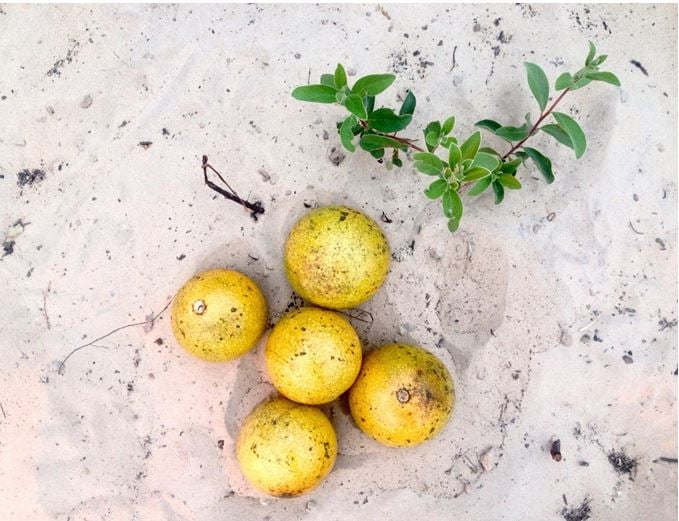
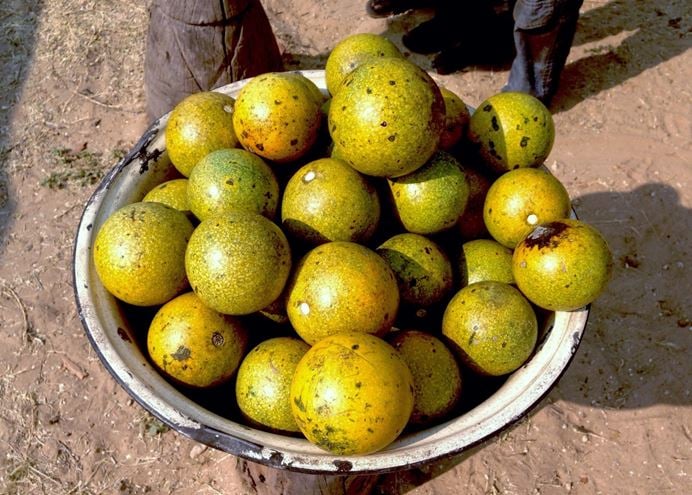
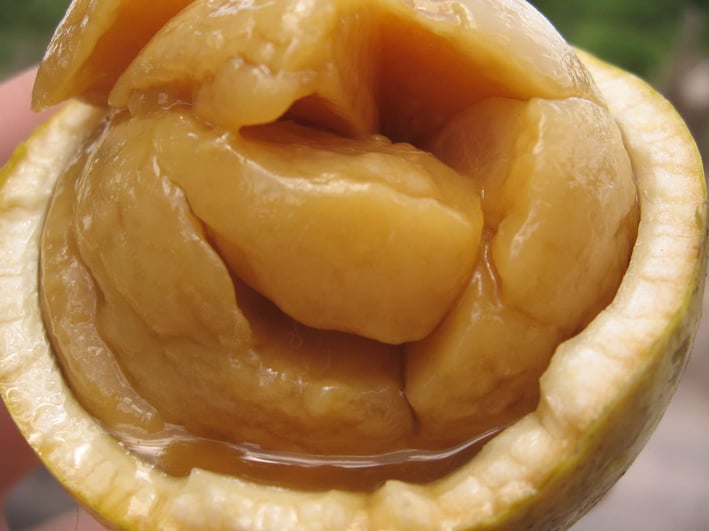


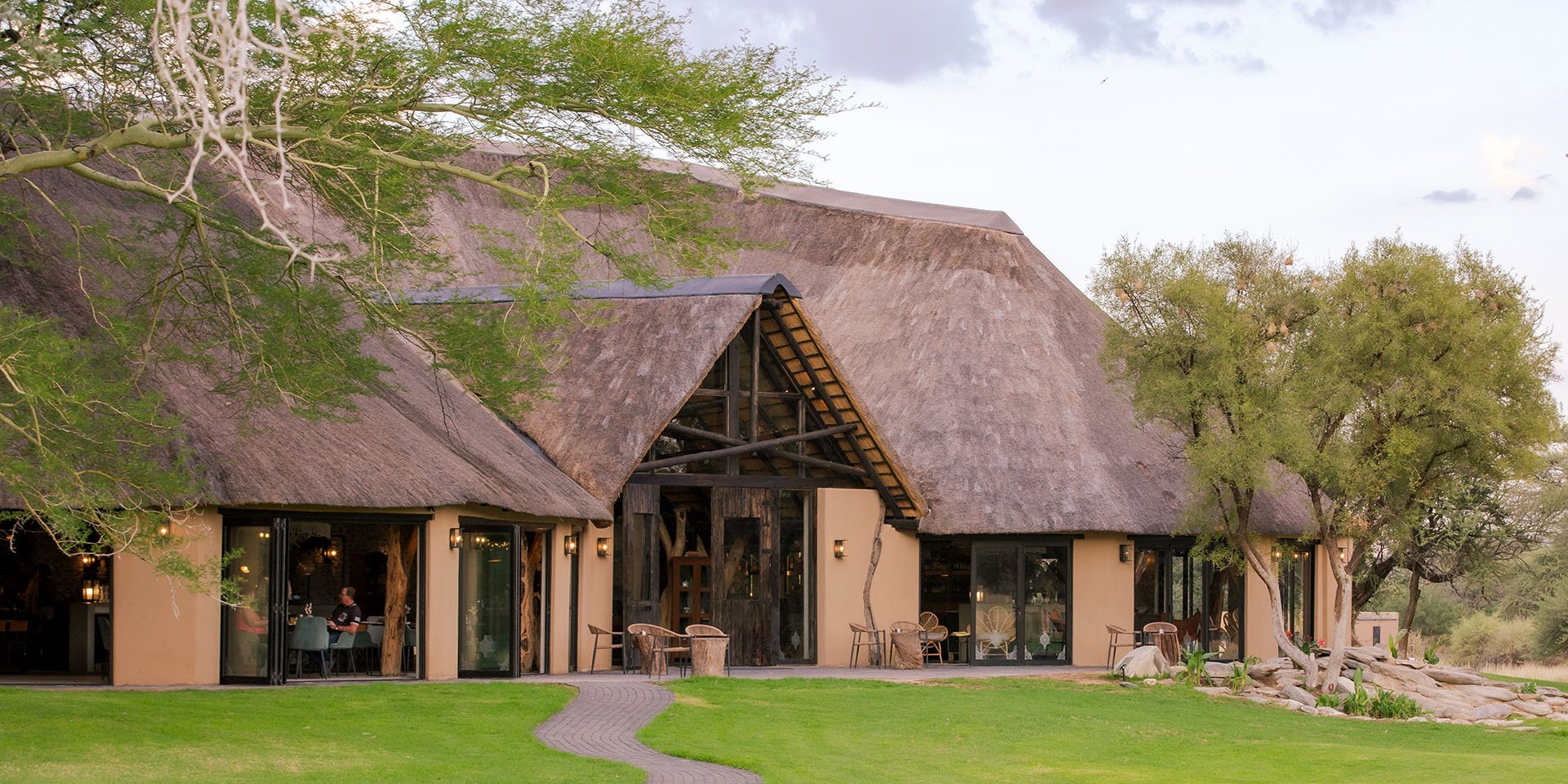
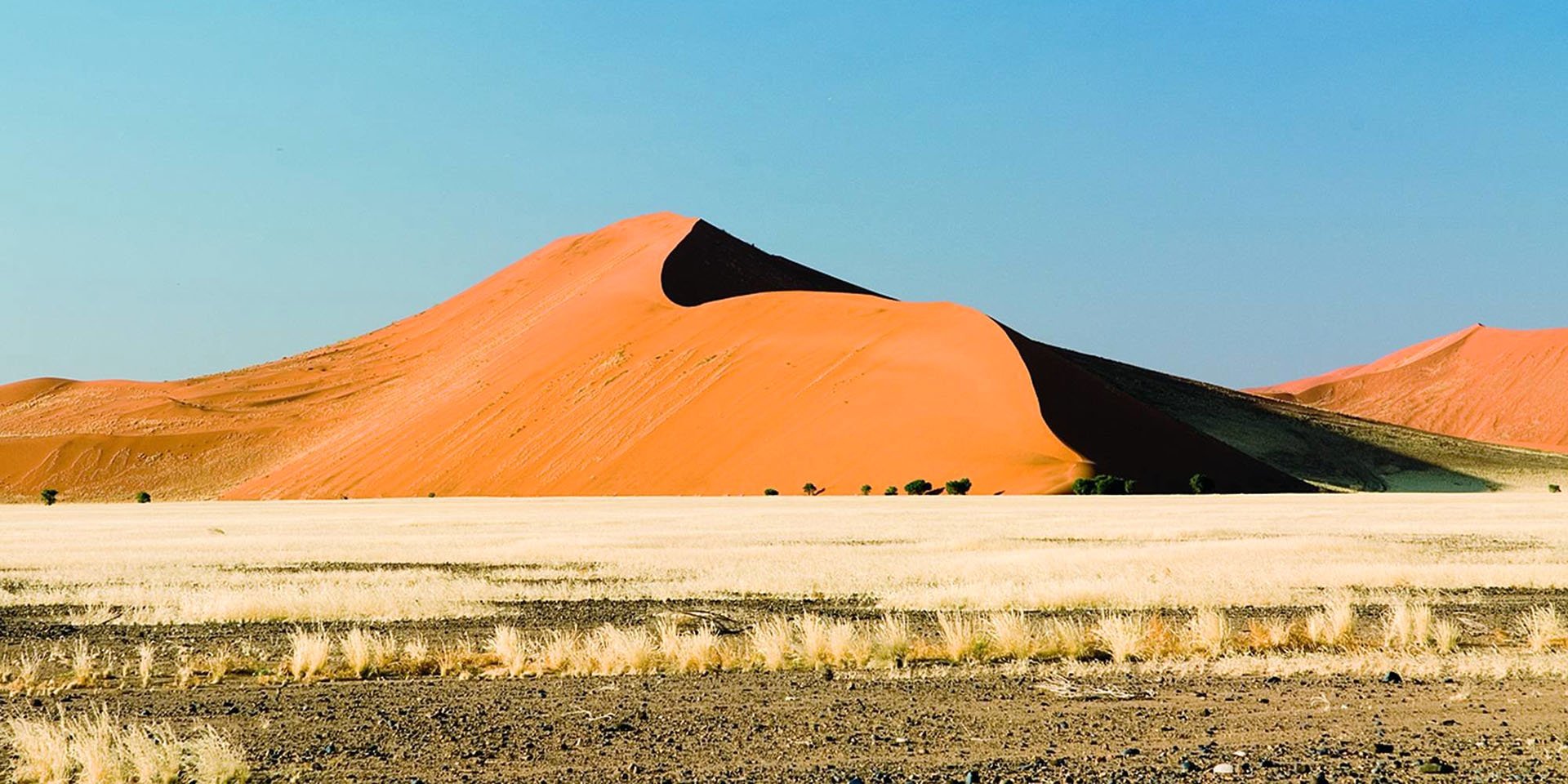

SUBMIT YOUR COMMENT